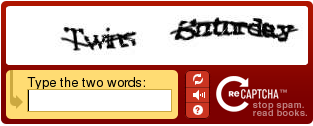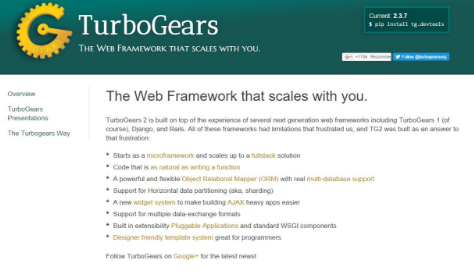

SQLAlchemy uses the Data Mapper implementation – When using this kind of implementation, there is a separation between the database structure and the objects structure (they are not 1:1 as in the Active Record implementation). Also, you can just save the record to the database, as it’s mapped to a specific row in the table. You just use them, as the framework can ‘understand’ the structure by looking at the database schema. ORM frameworks such as Django won’t require predefining the schema to use the properties in the code.
#Turbogears tabber code
Basically what it means is that each row in the database is directly mapped to an object in the code and vice versa. And don’t forget that these are only three of the many options available.Django ORM uses the active record implementation – you’ll see this implementation in most ORMs. All I can suggest is that you try them out and see which you like the best.

There’s no right answer to which framework is most appropriate for your needs. Included with Web2py is the SSL-enabled Rocket Web server, though it will run with Apache and other servers as well. It also lets you handle admin from the operating system shell or Python shell.
#Turbogears tabber plus
It’s focused on rapid development, ease of use and security, plus there’s a Web interface for handling administration. Requiring no installation or configuration, Web2py is the simplest of the three frameworks. Web2pyįormerly known as Enterprise Web Framework, Web2py is based on Ruby on Rails, but written in Python (2.5, 2.6 or 2.7 but not 3.*), and designed to prevent common Web security failings such as cross-site scripting. Compared to Django, it’s a bit more flexible. TurboGears lets you create single file applications-simple examples or Web services in minimal mode-then switch to full-stack projects for a more complex website. It’s a sophisticated ORM and is highly regarded. Pylons provides the controller mechanism, Genshi the view through HTML/ XHTML templating and SQLAlchemy looks after the model. It’s built on top of best-of-breed open source components including Pylons, SQLAlchemy, Genshi and Repoze.

TG2 was built to try and answer frustrations surrounding TurboGears 1 and Django. Is it perfect? Well, the templating isn’t considered very Pythonic and the ORM is not as good as SQLAlchemy, but it’s got a lot of happy users. Sites built on it include Mozilla, Pinterest and Instagram. Extensibility is one of Django’s strengths. Django is also interesting in that it supports both Python 2.* and 3.* using the single file compatibility library six.
#Turbogears tabber install
It helps that it’s not difficult to install and set up. Like many Python frameworks, Django uses a Model View Controller (MVC) approach and works with all major database engines. Named after the legendary guitarist Django Reinhardt, this is the best known of the frameworks, with over 4,300 sites listed on djangosites. Note that I’ve listed TurboGears2 and Web2py instead of Plone and Zope 2-they’ve been around a bit longer. Let’s look at three frameworks and see how they compare. Do you really want to write code for working with different types of databases, adding object relational mapping code if necessary? What about generating Web pages, managing sessions and cookies, developing admin interfaces, creating tests and worrying about all the ways hackers can defeat your code? Once you’re up to speed, Web frameworks can save you a lot of time.Ĭlick here to find Python developer jobs. Unless you have a well-funded and skilled team, it makes more sense to use code that’s already been developed and tested. The point of a Web framework is to save you the effort of writing infrastructure code when developing a non-trivial website. Web development frameworks in Python are about as common as content management systems in PHP. A visit to PyPi, the official package index, shows that frameworks alone have a whopping 12,514 packages available, with Django, Plone and Zope 2 leading the pack. One thing Python isn’t short of is packages and Web frameworks.


 0 kommentar(er)
0 kommentar(er)
